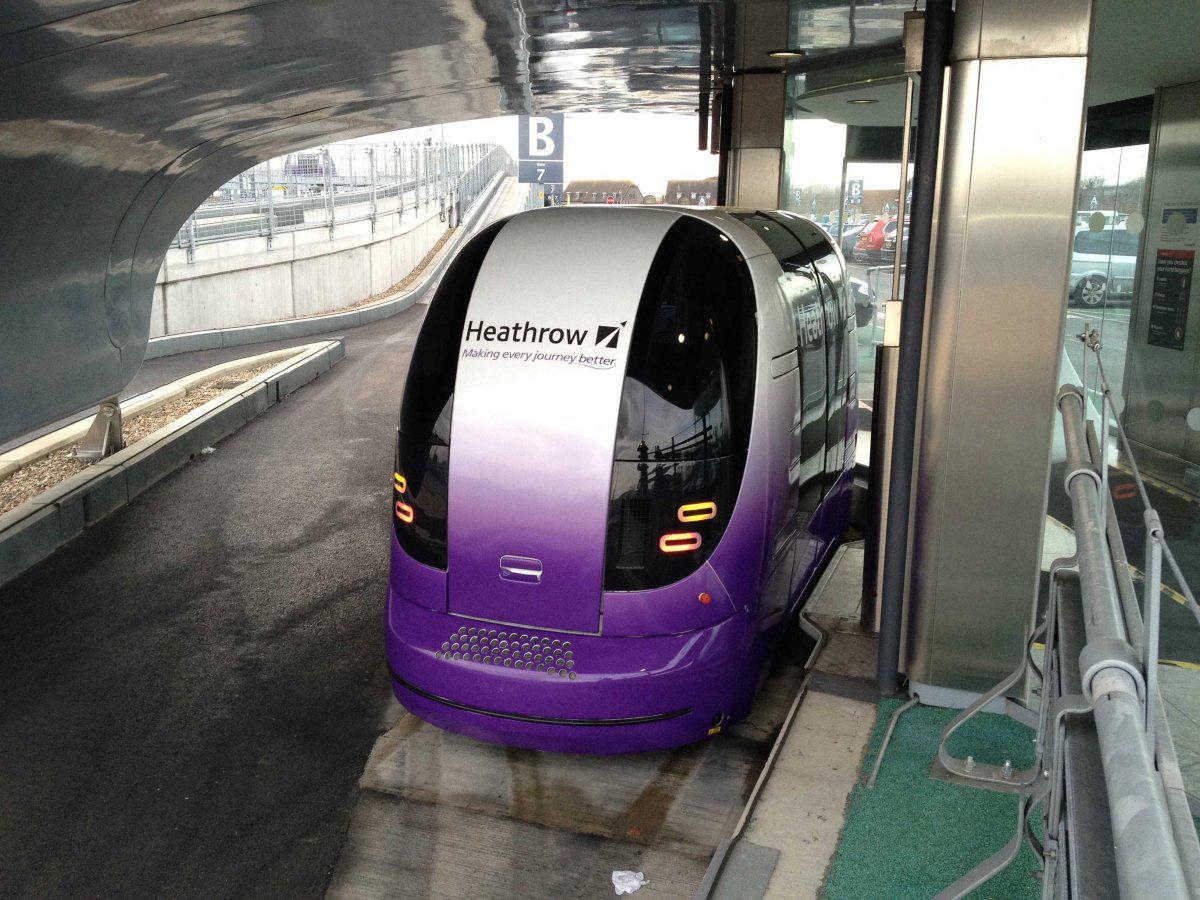This post originally appeared on Business Insider.
New York City commuters spend an average of 59 hours a year stuck in traffic, costing them an extra $1,281 annually.
In a study that came out in January 2013, researchers at The Earth Institute at Columbia University proposed a scheme that could alleviate much of that congestion by replacing New York’s fleet of 13,000 yellow cabs with 9,000 data-optimized, self-driving cars (via the New York Times).
Under the proposal, customers would hail driverless cabs through a smartphone app that communicates with a centralized control system. This data-optimized system would decrease wait times and increase the utilization rate of cars, resulting in lower costs and greater efficiency.
Currently, Manhattan’s 1.6 million residents make roughly 410,000 trips per day by taxi. During peak traffic hours, more than 300 cab trips are initiated every minute, covering an average of two miles in 11 minutes, according to the study, which was led by Lawrence D. Burns, former VP for research and development at General Motors.
Since yellow cabs cannot be pre-booked and must be hailed on the street, many taxis remain unoccupied even during peak hours, inflating operating costs to $4 per mile. The Columbia proposal claims the use of a driverless fleet would have an estimated cost per mile of just $0.50.
In addition to cost savings, the study claims that self-driving cabs could cut average wait times for customers from the current five minutes down to about 36 seconds by more effectively concentrating the fleet in areas of high demand.

Wikimedia Commons
The solutions proposed by Columbia is sound. While the report does not specify any particular brand or even type of driverless vehicle, products such as Google’s new self-driving car and the ULTra Personal Electric Transportation Pods used at London’s Heathrow Airport show that autonomous transports can work.
It does not, however, consider many of the social and socioeconomic impacts of the such a plan. More than 50,000 people in New York work as cab drivers, mechanics, and support staff. Expensive infrastructure costs could also eat up a significant amount of projected cost savings.
Milton Keynes, a small English city with a population of a quarter million people, recently announced its intention to adopt ULTra electric transportation pods similar to the ones used at London Heathrow. The 100-pod system is expected to cost the city roughly $109 million to implement. A self-driving system in New York would likely cost many multiples of that.
While we’re not likely to see a driverless fleet of taxis on New York’s streets anytime soon, the study does give food for thought.
See Also: Myspace Tries to Lure People Back
